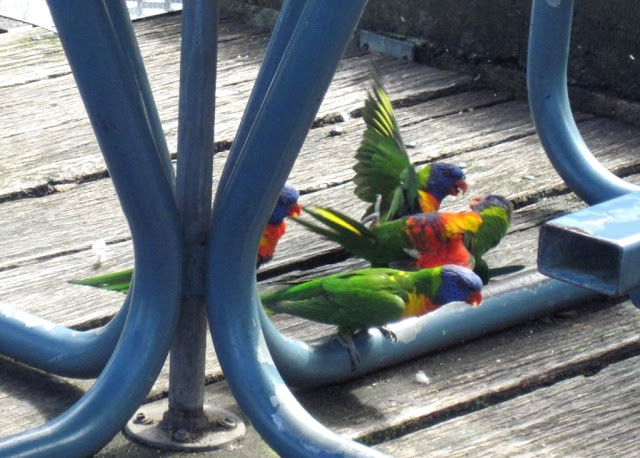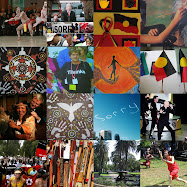

Much as most of us are frustrated by the media from time to time, one of the hallmarks of a democracy is a free press. At Parliament House the Press Gallery is an integral part of the democratic process. This display of 'tools of the trade' and a broadcast studio form part of the exhibition in the Press Gallery quarters of Old Parliament House.
Then there are the pigeon holes where media releases were dropped. These still form an integral part of the modern press gallery! I've been 'backstage' through the gallery of the new Parliament House!













































